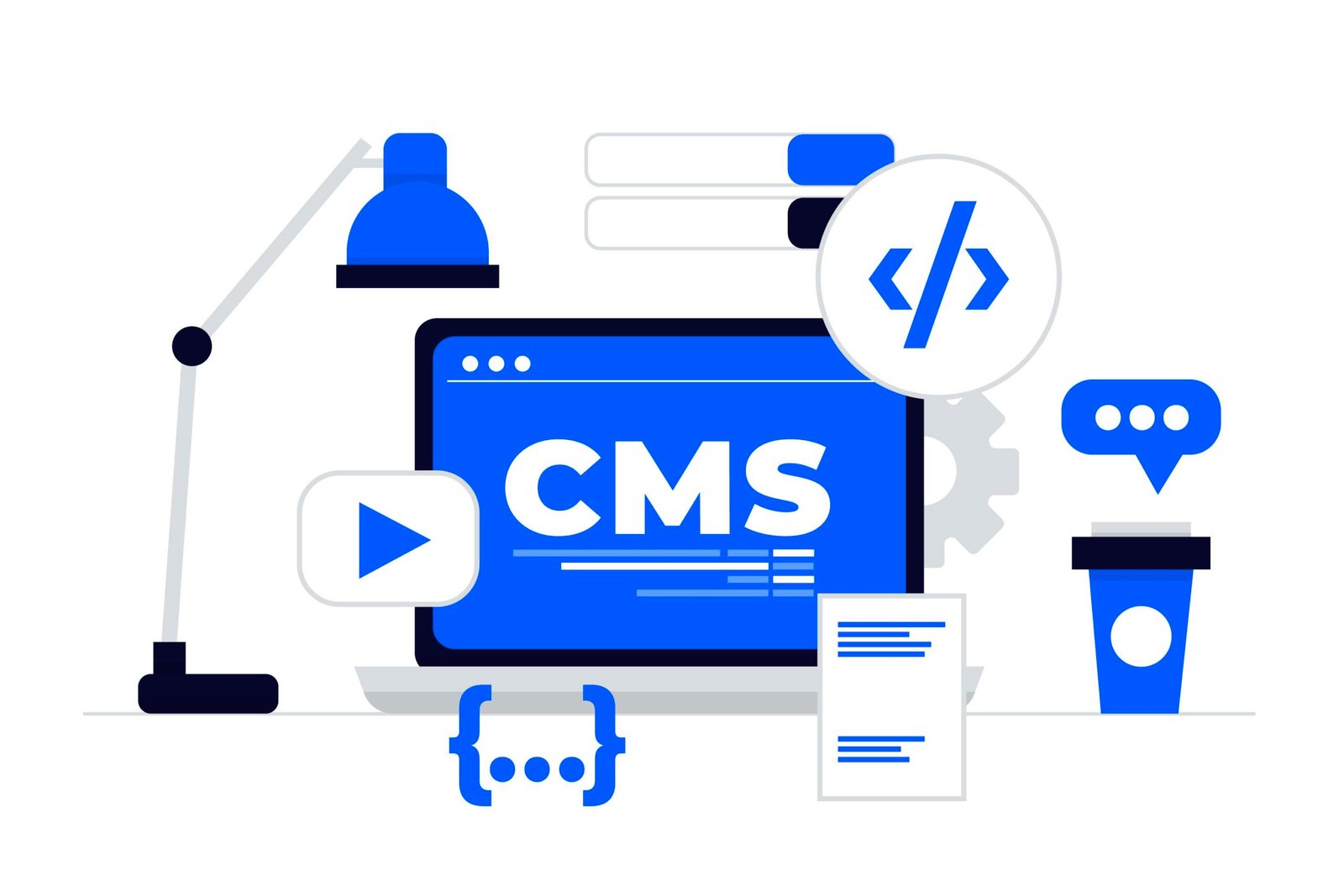Best Practices for WordPress Theme Customization: Customizing a WordPress theme can help you create a unique design that reflects your brand, personality, and style. However, it’s important to follow best practices to ensure that your customizations don’t negatively impact your website’s performance or security. Some best practices include creating a backup of your website before making changes, using a staging website or local development environment to test customizations, avoiding making changes to the theme’s code, and ensuring that your customizations are responsive and work well on different screen sizes
- Backup Your Website: Create a backup of your website before making any changes to your theme.
- Use a Child Theme: Use a child theme to make changes to your theme’s code without affecting the original theme.
- Avoid Editing Theme Files: Avoid editing your theme’s core files, as this can cause issues when updating your theme.
- Use Custom CSS: Use custom CSS to make changes to your theme’s appearance instead of editing the theme’s code.
- Test Your Changes: Test your changes on a staging website or local development environment before making them live.
- Ensure Responsiveness: Ensure that your customizations are responsive and work well on different screen sizes.
The Importance of Responsive Design in WordPress: Responsive web design has become an essential aspect of modern website development, and WordPress is no exception. With the ever-increasing use of mobile devices, creating a responsive website is crucial to ensure optimal user experience across various screen sizes. A responsive website adapts perfectly to the user’s device, providing a seamless browsing experience. It also improves your website’s visibility on search engines and boosts conversion rates. Some benefits of responsive design include enhanced user experience, increased mobile traffic, higher conversion rates, improved SEO performance, time and cost efficiency, and easy content management
- The Importance of Responsive Design in WordPress:
- Enhanced User Experience: Responsive design provides an optimal user experience across various screen sizes, improving user engagement and satisfaction.
- Increased Mobile Traffic: With the increasing use of mobile devices, responsive design ensures that your website is accessible to a wider audience.
- Higher Conversion Rates: A responsive website can lead to higher conversion rates and increased revenue for your business.
- Improved SEO Performance: Responsive design improves your website’s visibility on search engines, leading to higher search engine rankings and more traffic.
- Time and Cost-Efficiency: Responsive design eliminates the need for separate mobile and desktop websites, saving time and money on development and maintenance.
- Easy Content Management: A responsive website makes it easier to manage content, as you only need to update one website instead of multiple versions.


